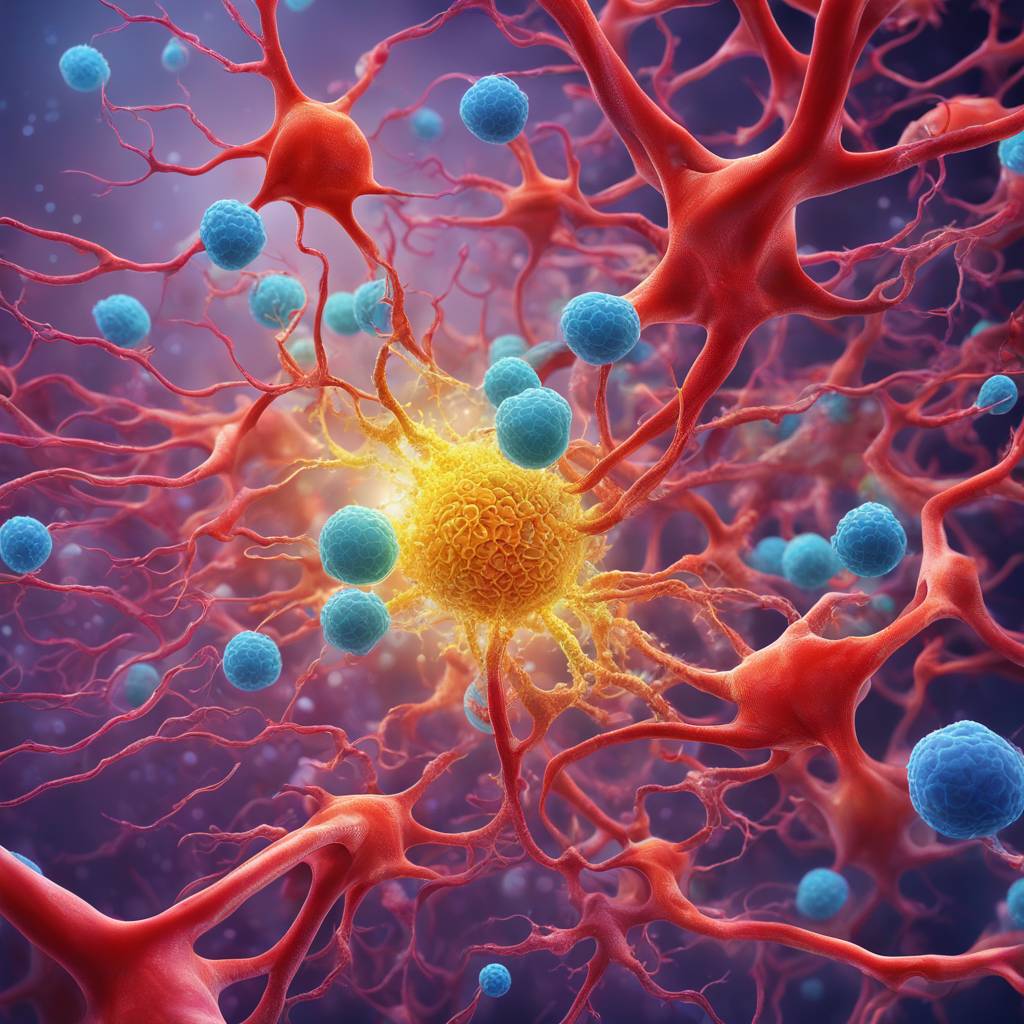The first analysis of how synaptic proteins change during early development reveals differences between mice and marmosets, as well as what is different in individuals with autism spectrum disorders. The research conducted by Kobe University sheds light on the mechanism behind synaptic development, offering insights that could potentially lead to treatments for neuropsychological disorders. Despite the critical role synapses play in brain function, very little is known about how they change as the brain matures, posing a challenge for developing cures for disorders such as autism spectrum disorder.
By utilizing advancements in the analysis of complex protein assemblies and the availability of marmosets as non-human primate model organisms, Kobe University neuroscientist TAKUMI Toru was able to explore this knowledge gap. The research team focused on studying the postsynaptic density, a protein agglomeration found on the signal-receiving side of synapses, as previous studies have highlighted its importance in the development of synaptic structures. Their findings, published in Nature Communications, provide a detailed look at the changes in synaptic proteins during brain development in the early stages of life, shedding light on the timing of gene regulation differences between mice and marmosets.
The study identified a group of proteins that are produced more and others that are produced less as brain development progresses, with changes in gene regulation playing a crucial role. Interestingly, the timing of these protein changes differed between mice and marmosets, suggesting evolutionary differences between rodent and primate brains. Marmosets also exhibited a second phase of protein changes that were not observed in mice, highlighting the complexity of synaptic development across different species. The researchers were able to construct hypotheses on the molecular mechanisms underlying the emergence of autism spectrum disorder based on their findings, offering potential insights for future treatment development.
TAKUMI Toru emphasizes the importance of understanding synapse development in the context of brain maturation and its connection to neuropsychiatric disorders such as autism spectrum disorders and schizophrenia. The proteome datasets generated from this study are valuable for investigating the molecular mechanisms of synapse development and identifying differences between rodents and primates. The researchers’ ability to link their findings to autism spectrum disorder and propose potential treatments underscores the significance of studying synaptic proteins in the context of brain development and neuropsychological disorders.
The research was funded by various organizations, including the Japan Society for the Promotion of Science, the Japan Agency for Medical Research and Development, the Japan Science and Technology Agency, the National Center of Neurology and Psychiatry, the Takeda Science Foundation, and the Taiju Life Social Welfare Foundation. Collaborating with researchers from institutions such as the RIKEN Center for Brain Science and the Max Planck Institute for Experimental Medicine, the study represents a collaborative effort to advance our understanding of synaptic protein changes during brain development and their implications for neuropsychiatric disorders. By uncovering differences in synaptic protein dynamics between mice and marmosets, the research contributes to our knowledge of how synapses evolve across different species and offers potential avenues for developing treatments for neurodevelopmental disorders.













